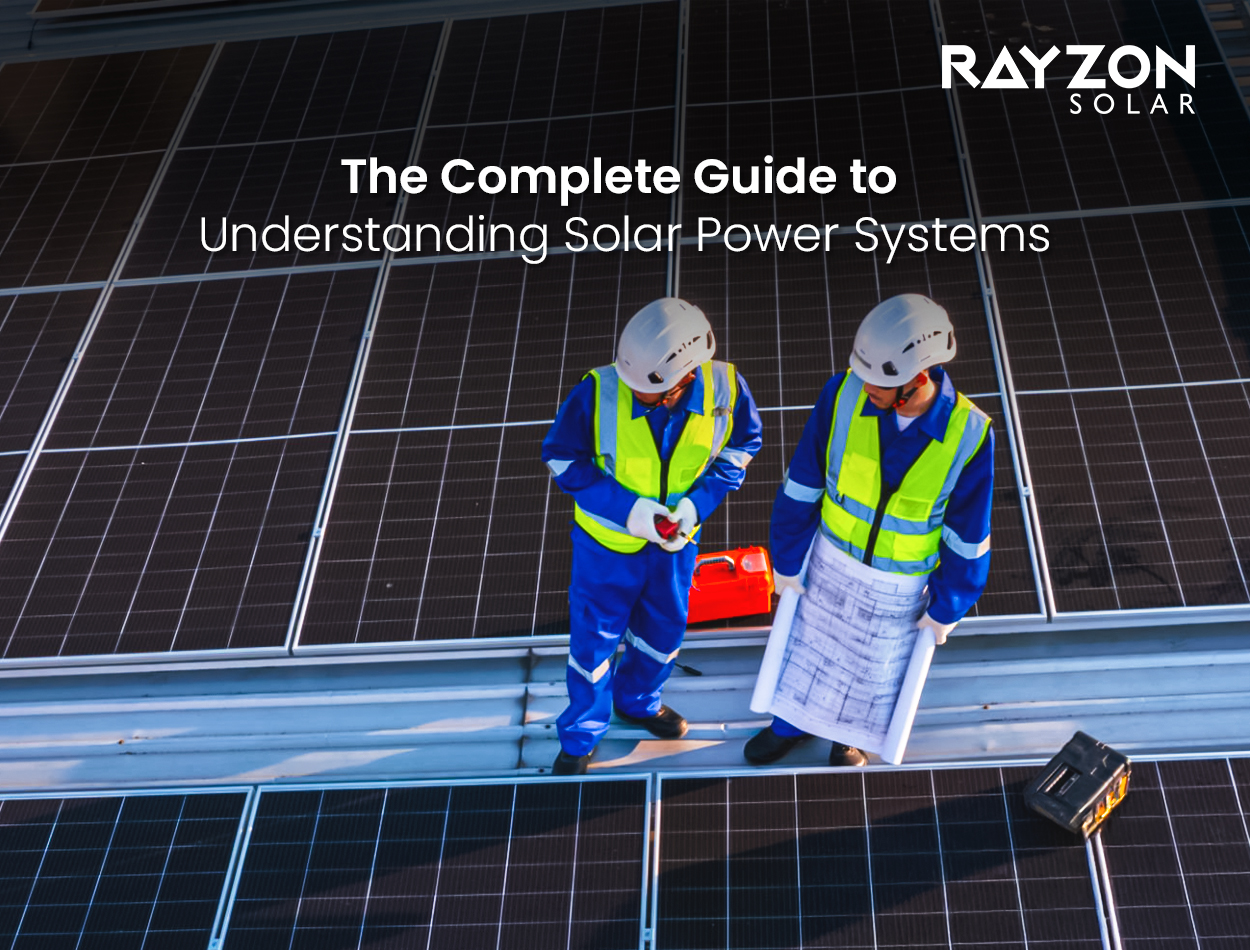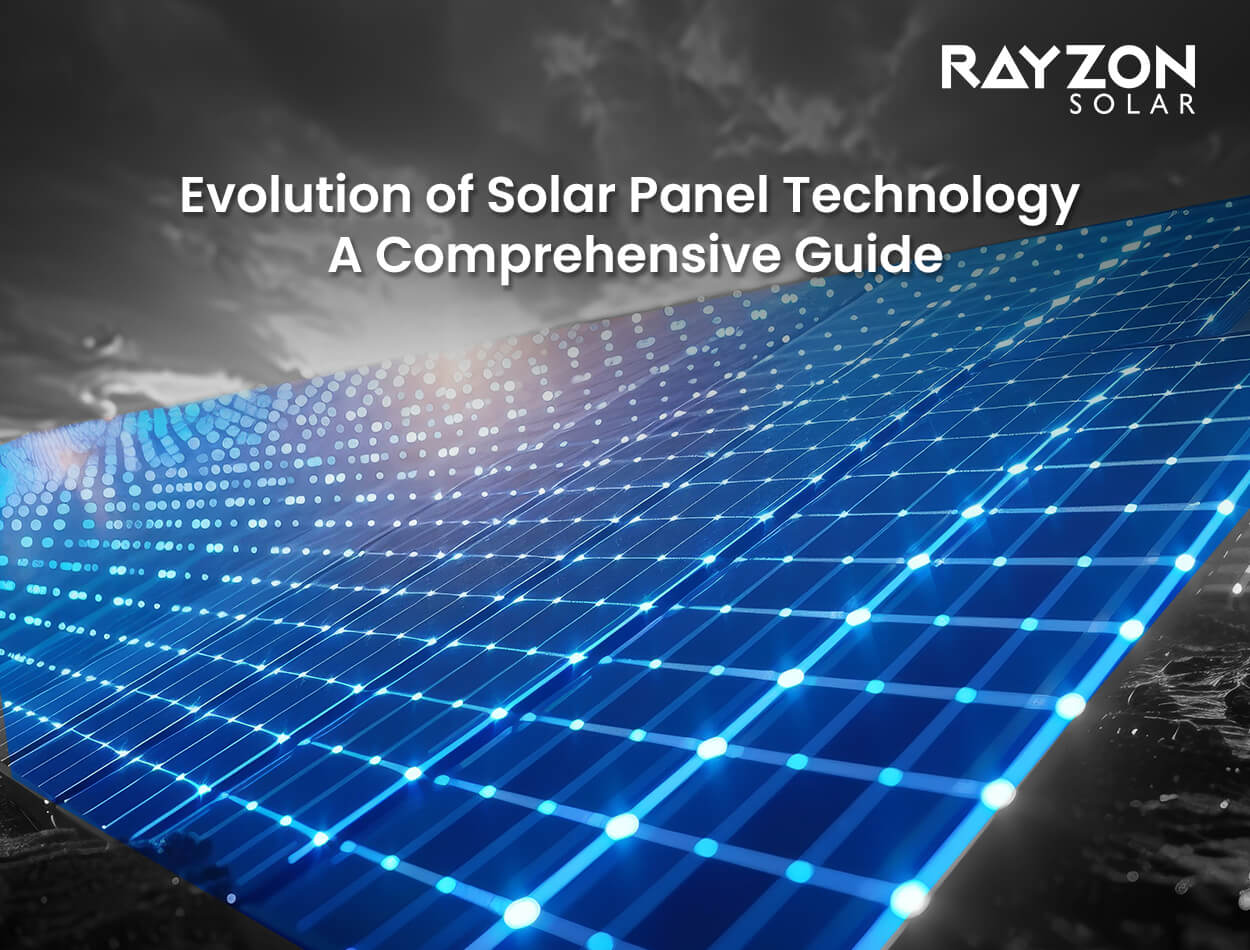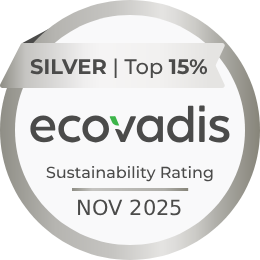
The Complete Guide to Understanding Solar Power Systems
The demand for clean energy is at an all-time high, and solar energy stands out as one of the most powerful solutions for a sustainable future. This solar power system guide is designed to help you understand the types of solar power systems, their components, and how solar technology works for residential and commercial purposes. Whether you are exploring solar energy for beginners or planning a large-scale solar installation, this guide covers everything you need to know.
What is a Solar Power System?
A solar power system is a setup designed to convert sunlight into electricity using solar panels and supporting components. These systems are increasingly popular due to their eco-friendly nature, long-term cost savings, and ability to reduce dependence on traditional energy sources. If you are just starting with solar energy basics, understanding the core concept of how sunlight is transformed into usable power is essential.
Solar systems are not just for homes but also for industries, commercial complexes, and even rural communities. Many governments support this transition with subsidies and net metering policies, making solar an attractive investment.
How Solar Power Works
Understanding how solar power works involves breaking down the process of energy conversion. Solar panels, made of photovoltaic (PV) cells, capture sunlight and convert it into direct current (DC) electricity. This DC electricity is then passed through an inverter, which transforms it into alternating current (AC), the form of electricity used in homes and businesses.
For a deeper insight into solar basics, our blog on How Does Solar Energy Work? provides a simple explanation of the process.
Types of Solar Power Systems
When discussing types of solar power systems, there are three primary categories:
- Grid-Tied Solar Systems
These systems are connected directly to the local utility grid. They are cost-effective and allow you to earn credits through net metering. - Off-Grid Solar Systems
Off-grid systems are designed for remote areas without access to utility grids. They require batteries for energy storage and are perfect for off-grid solar living. - Hybrid Solar Systems
Hybrid setups combine both grid-tied and off-grid features. They include battery backup, ensuring power even during outages.
For a complete comparison, see our detailed blog on Difference Between Off-Grid and On-Grid Solar System.
Key Components of a Solar Power System
A successful solar setup depends on the solar power system components, which include:
- Solar Panels: Capture sunlight and generate electricity.
- Inverter: Converts DC into AC power.
- Mounting Structure: Ensures panels are positioned optimally for maximum sunlight exposure.
- Solar Batteries: Store energy for later use.
- Charge Controller: Regulates energy flow to prevent overcharging of batteries.
- Wiring and Switchgear: Ensure safe energy transfer.
For installation insights, check Process of Installing Solar Panels.
Solar Power System Design
The solar power system design involves calculating energy needs, determining roof space, and selecting the right components. Residential solar systems often range between 3kW to 10kW depending on household consumption.
Our blog on Maximizing Solar Panel Efficiency: Expert Tips shares ways to optimize your system’s performance.
Solar Panel System Installation
Proper solar panel system installation ensures maximum energy generation. The process involves:
- Site inspection and shading analysis
- Structural assessment of the roof or ground area
- Choosing between grid-tied vs off-grid solar setups
- Professional mounting, wiring, and inverter connection
- Net meter installation (for grid-tied systems)
If you’re considering installing panels, check out our Solar Panel Installation Guide.
Residential Solar Systems
For homeowners, residential solar systems offer long-term benefits such as reduced electricity bills, improved property value, and energy independence. A typical home can meet 60–100% of its power needs through rooftop panels.
Want to know how solar can cut your monthly expenses? See Save Monthly Electric Bill with Solar Panels.
Benefits of Solar Energy
Solar energy has numerous benefits:
- Cost Savings: Drastic reduction in monthly bills
- Eco-Friendly: Zero carbon emissions during operation
- Low Maintenance: Panels require minimal upkeep
- Scalability: Systems can be expanded as power needs grow
To learn more, read Benefits of Solar Energy.
Grid-Tied vs Off-Grid Solar: Which is Right for You?
Choosing between grid-tied vs off-grid solar depends on your location and energy requirements. Grid-tied systems are great for urban settings, while off-grid options are ideal for remote locations.
Our blog on What is Net Metering and How Does it Work? explains how grid connections can even earn you credits.
Cost Analysis of Solar Power Systems
The cost of installing a solar power system varies based on system size, component quality, and installation complexity. A standard residential solar system may range between ₹1,00,000 to ₹6,00,000 in India, depending on whether it’s a grid-tied or off-grid solar setup. While the initial investment may seem high, the return on investment (ROI) over 5–7 years makes it a financially viable choice for homeowners and businesses.
Government subsidies, tax benefits, and net metering policies further reduce the effective cost of solar installations. Our blog on Government Schemes & Solar Subsidies 2025 highlights the latest incentives to make solar power affordable.
Solar Energy Storage Solutions
One of the biggest challenges in solar energy is storing power for non-sunny hours. Solar batteries are a vital component of off-grid and hybrid solar power systems. Technologies such as lithium-ion and lead-acid batteries have made energy storage more efficient and cost-effective.
Our detailed guide on Solar Energy and Energy Storage explains the advantages of pairing your solar panel system installation with battery storage to ensure uninterrupted power supply.
Solar Power for Commercial Buildings
Solar is no longer limited to homes—commercial solar systems are now widely adopted by industries, offices, and educational institutions. Businesses are investing in solar power system design to cut operational costs and improve their green credentials. Large rooftop or ground-mounted solar systems can significantly reduce electricity bills for warehouses, malls, and manufacturing units.
Check our post on Commercial Solar Solutions to learn why solar is the best choice for modern commercial infrastructure.
Future Trends in Solar Power Technology
The future of solar energy is driven by innovations such as bifacial panels, perovskite solar cells, and transparent solar technologies. These advancements enhance the efficiency and versatility of solar power systems, making them suitable for a wider range of applications. The focus is on improving power output while reducing costs.
For a closer look at these innovations, explore Top Solar Technology Trends, where we cover everything from smart inverters to AI-based solar energy monitoring.
Why Choose Rayzon Solar for Your Solar Needs
Rayzon Solar has emerged as a trusted name in the Indian solar industry, offering high-quality panels and complete EPC solutions. Our commitment to excellence ensures customers get efficient solar power system components designed for maximum energy output and durability.
To learn more about our achievements, visit Rayzon Solar History and Information and discover why we’re among the Top Solar Panel Manufacturers in India.
Solar Energy for Beginners
If you’re new to solar, start by understanding solar energy basics, including how much energy your household consumes and whether your roof is suitable for installation. Our Beginner’s Guide to Solar is a great starting point.
Common Myths About Solar Power
Some believe solar panels only work in sunny climates or are too costly. However, advancements in technology make solar efficient even in cloudy regions. Check Top 10 Myths and Facts About Solar Parks.
Maintaining Your Solar System
To ensure long-term performance, regular maintenance like cleaning and system checks are essential. Read our Solar Panel Maintenance Guide.
Conclusion: The Future of Solar Power
Understanding a solar power system guide is essential for anyone looking to transition to renewable energy and reduce dependency on conventional electricity. With insights into the types of solar power systems, their components, and how they work, homeowners and businesses can make informed decisions. The benefits—ranging from lower electricity bills to increased property value—make solar energy one of the smartest investments for a sustainable future.
As solar technology continues to advance, adopting solutions like residential solar systems or grid-tied vs off-grid solar setups will become even more cost-effective and efficient. By choosing trusted partners like Rayzon Solar, you ensure long-term performance and access to the latest innovations. The time to embrace solar power is now—an investment in solar is an investment in a cleaner, greener tomorrow.



